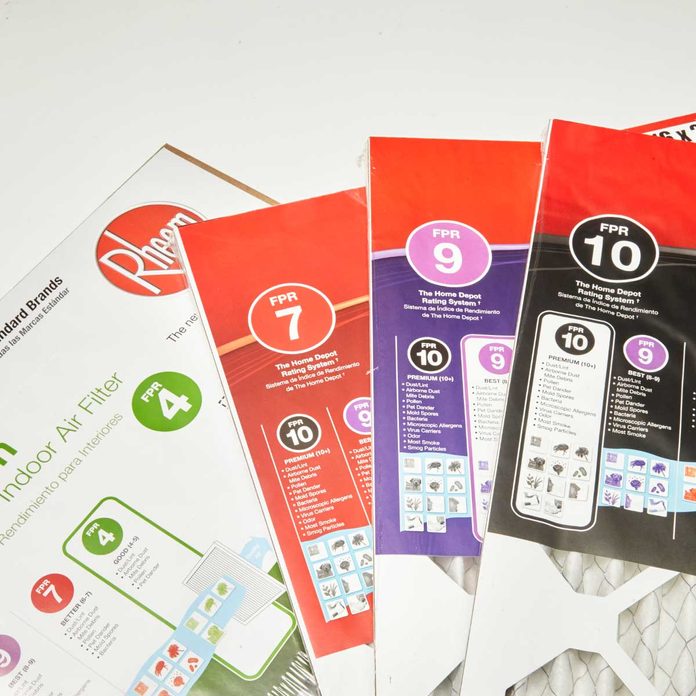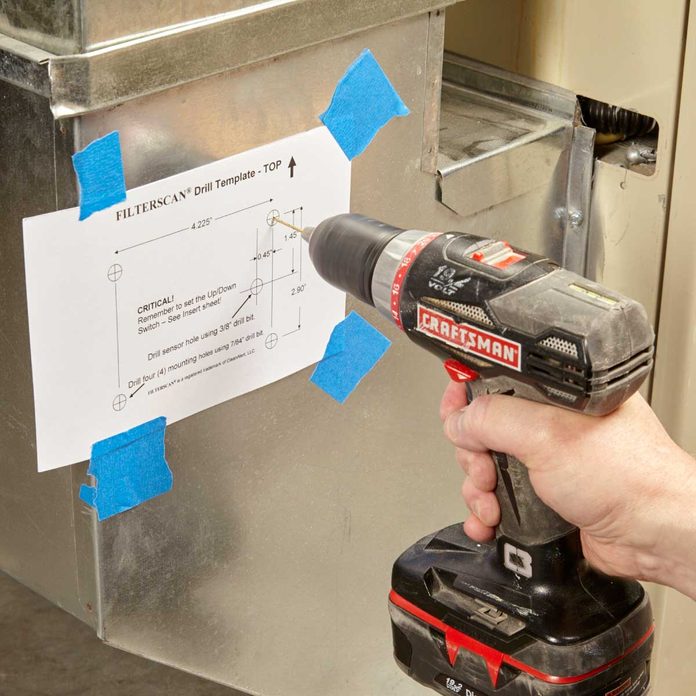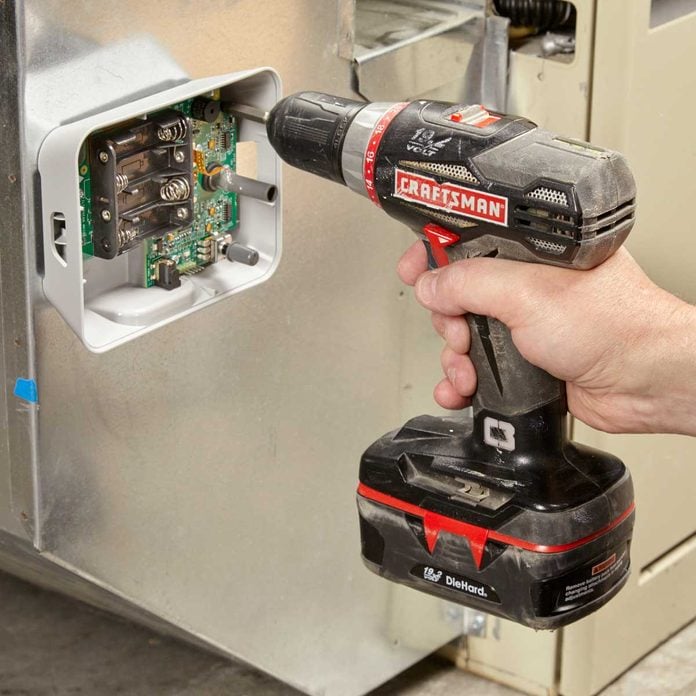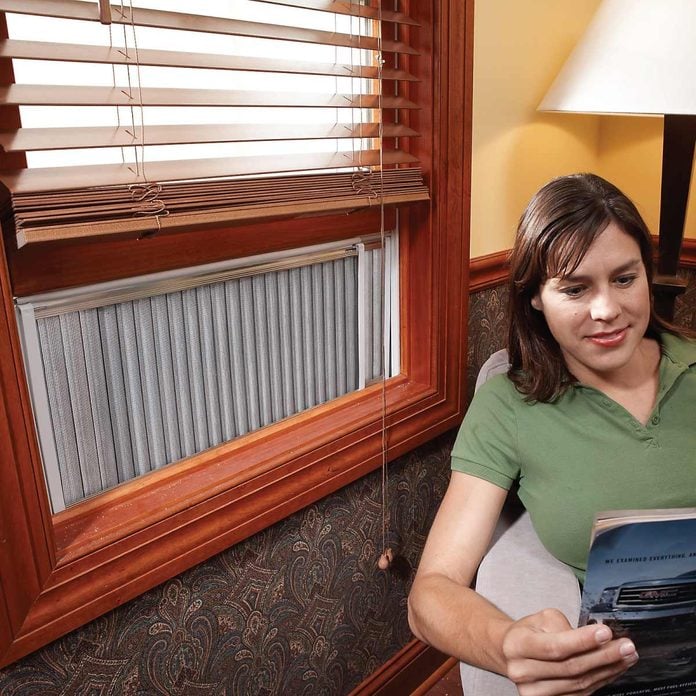Allergies: Filtering Out Pollen With Furnace Filters
Updated: Feb. 17, 2022Let fresh air in, keep dust and pollen out
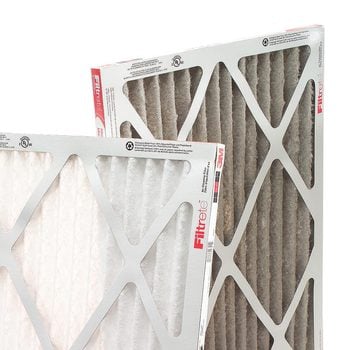
- Complexity
- Beginner
What Allergy Sufferers Need to Know
The claims made by furnace filter manufacturers are true: A high-efficiency filter can provide some relief from allergies. By trapping smaller airborne particles, these filters make the air in your home cleaner and less irritating to allergy sufferers, and you don’t even need a specialty allergy furnace filter. But before you install a high-efficiency filter, there are a few things worth knowing:
- High-efficiency means higher cost. If you’re currently spending $20 per year on cheapie filters, prepare for sticker shock. You can easily spend $100 per year on high-efficiency filters.
- What the numbers mean. Furnace filters are labeled with a numerical efficiency rating. A higher number indicates higher ‘efficiency.’ That simply means the filter traps smaller particles. When it comes to furnace filters, ‘efficiency’ does not mean energy savings.
- The numbers are tricky. MERV is the most common rating system. But some filters carry ‘MPR’ or ‘FPR’ ratings. A MERV 13 is roughly equivalent to an FPR 10 filter. Luckily, there are several charts online to help you convert the numbers. Just search for ‘MERV vs MPR vs FPR.’
- Higher isn’t always better. If no one in your home suffers from allergies, there’s no reason to go higher than MERV 7. For allergies, MERV 11 is your best choice because higherrated filters cost more but don’t provide much extra relief.
- Don’t trust the life-span claims. Filters carry claims like ‘lasts up to 90 days.’ But the life span of a filter depends on how clean the air is in your home and how much your heating/cooling system runs. No manufacturer can possibly know that.
- Filters are not enough. Furnace filters help, but for allergy sufferers, reducing dust in your home is even more important. That mostly consists of frequent vacuuming with high-quality vacuums and filters and/or eliminating carpeting and rugs as much as possible.
- ‘Efficiency’ can wreck your furnace. High-efficiency filters have smaller pores, which can reduce airflow when new and even more as they clog. That can make the furnace overheat, causing it to shut down or burn out the expensive blower motor. The repair bills can easily run hundreds of dollars, not to mention the increased energy costs to run the stressed blower motor.
How Furnace Filters Are Rated
Many filter manufacturers follow the Minimum Efficiency Reporting Value (MERV) rating system established by the American Society of Heating, Refrigerating and Air-Conditioning Engineers (ASHRAE). The MERV number is an indication of the filter’s effectiveness at trapping particles. A MERV 1 filter traps dust bunnies but allows most dust to pass right through, while a MERV 16 traps bacteria and particles as small as .30 to 1.0 micron and is used mostly in operating rooms. If you don’t have allergies, a MERV 7 furnace filter will work just fine in your home. And if you do have family members with allergies, go up to a filter with a MERV 11 rating. That will suffice as a good allergy furnace filter.
However, some filter manufacturers and retailers have developed proprietary rating systems like Microparticle Performance Rating (MPR) or Filter Performance Rating (FPR). Before you buy a filter based on an MPR or FPR rating, look for a MERV to FPR/MPR chart online (nordicpure.com/info/what-ismerv is one site) or contact your furnace service company for a filter recommendation based on your particular furnace.
Prevent Furnace Damage With a Filter Monitor
A filter that’s plugged with particles may not look dirty. And the manufacturers’ life-span estimates are nearly worthless. So how can you tell when a filter is dirty enough to stress your heating/cooling system? You can’t unless you install a filter monitor. They’re available in two versions:
- Mechanical filter monitors are inexpensive and take about five minutes to install, even if you’re a beginning DIYer. They’re available online for less than $20 (search for ‘furnace filter monitor’). The downside is that it relies on your memory. If you forget to check it, you won’t know when the filter is clogged.
- Electronic filter monitors let you know when the filter needs replacing. The unit shown (the FILTERSCAN WiFi; $100 online), for example, connects to your home’s Wi-Fi and sends an alert to your smartphone. Installation is as simple as driving a few screws. Just find a location on your return air duct and predrill holes (Photo 1). Then mount the unit (Photo 2) and follow the calibration and Wi-Fi setup instructions.
Other Strategies for Reducing Pollen
- Upgrade your furnace filter to a high-quality disposable filter made of pleated fabric or paper. Or have a professional install an electrostatic filter that’s connected to your ductwork ($700 to $1,500).
- Change your bedding weekly.
- Replace carpet with wood, laminate, tile or vinyl. Carpet is the biggest reservoir of dust. Also vacuum area rugs weekly.
- Take couch cushions outside and beat out the dust with a tennis racket. Or better yet, when it comes time for furniture replacement, choose leather or vinyl upholstery rather than fabric.
How to Install a Filter Monitor
Tape the template to the return air duct between the filter holder and the furnace. Stay at least 6 in. away from the filter holder. Then drill screw holes in the duct.
Mount and Calibrate the Monitor
Screw the monitor to the duct and install the batteries. Turn off the furnace and press the calibrate button. Then install a new filter, turn on the furnace, raise the thermostat setting and wait until the blower kicks in. Press the calibrate button again. Then install the cover.
Installing a Window Filter
Window screens for double-hung windows that filter out pollen and dust are available from several online suppliers (search for “window air filter screen”).
These allergy filters can keep out almost all dust and ragweed pollen. The drawback is that unlike a conventional insect screen, they won’t let breezes blow through the open window.
To install the screen, just open the window and put it in the opening as shown. You can buy the screens online or at some home centers. The filters are replaceable.
You can leave the screen in year round, but you’ll only need it when pollen is aggravating your allergies. Pollinating grasses, such as orchard and Bermuda, grow in the late spring and early summer. Ragweed, which causes most “hay fever,” is prevalent in the late summer and fall.
If pollen is still a problem, put an air cleaner (also called an air purifier) in your bedroom. The units work by circulating air and filtering out airborne particles such as pollens. Choose a unit that’s made to clean a bedroom of your size or a larger room. Be aware that while some air cleaners have tested well at filtering out pollens, others have not. Research air cleaners in consumer magazines before buying one.
